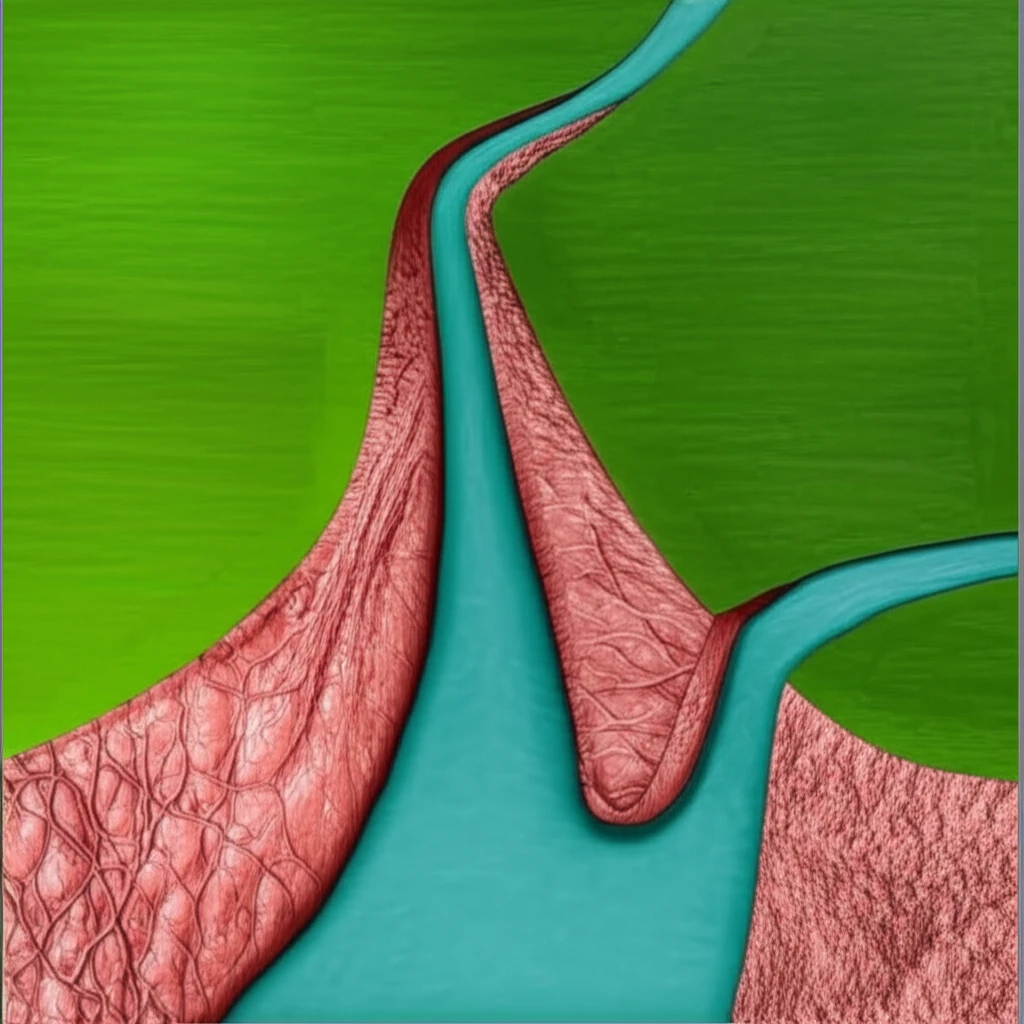
When Your Gut Gets Glitchy: Understanding and Managing Bowel Obstructions
"Navigating the complexities of bowel obstructions: From pancreatitis complications to innovative solutions."
Imagine your digestive system as a smoothly flowing river. Now, picture a dam suddenly appearing, blocking the natural flow. This is similar to what happens in a bowel obstruction, a condition where the normal passage of digested material through your intestines gets disrupted. While many associate digestive issues with diet or stress, sometimes, they can arise from unexpected complications of other health conditions, such as pancreatitis.
Colonic complications following pancreatitis are unusual events, ranging from 1% to 15%. A bowel obstruction can occur years after a severe episode of pancreatitis. Imagine a scenario where someone has undergone multiple abdominal surgeries, creating a 'hostile abdomen' – a term doctors use to describe an abdomen with extensive scarring and adhesions. In such cases, the usual surgical solutions for a bowel obstruction can become risky.
This is where alternative strategies come into play. One such method, often underutilized, is a percutaneous caecostomy. This procedure involves creating an opening in the cecum (the beginning of the large intestine) to relieve pressure and allow the bowel to decompress. It's like creating a bypass around the dam, restoring the river's flow.
Decoding Bowel Obstructions: Causes, Symptoms, and Why Early Action Matters

Bowel obstructions aren't always straightforward. They can arise from various causes, each demanding a specific approach. One common culprit is adhesions – scar tissue that forms after abdominal surgeries. These adhesions can act like internal bands, constricting the bowel and hindering the passage of food. Other causes include hernias, tumors, and inflammatory bowel diseases like Crohn's disease.
- Severe abdominal pain that comes in waves
- Abdominal swelling or distension
- Nausea and vomiting
- Inability to pass gas or stool
- High-pitched bowel sounds (a sign of increased intestinal activity as the bowel tries to push past the blockage)
Percutaneous Caecostomy: A potentially forgotten tool
Bowel obstructions can be a scary experience, but understanding the causes, recognizing the symptoms, and knowing the available treatment options can empower you to take control of your digestive health. While surgical interventions are sometimes necessary, less invasive procedures like percutaneous caecostomy offer a valuable alternative, especially for individuals with complex medical histories. Always consult with your healthcare provider to determine the best course of action for your specific situation. With the right approach, you can restore the smooth flow of your digestive system and get back to feeling your best.
